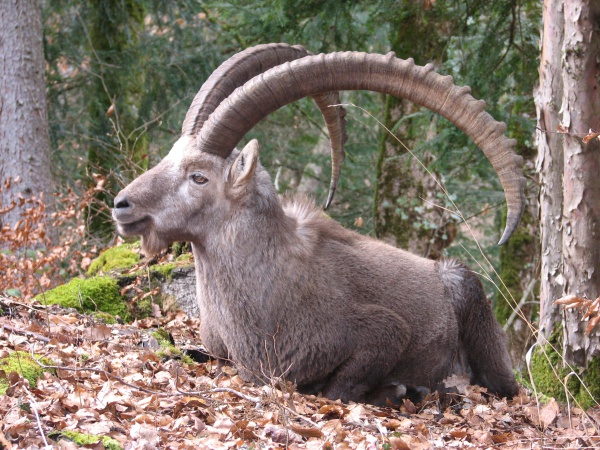Facts About Alpine ibex
The Alpine ibex, also known as the steinbock, bouquetin, or simply ibex, is a captivating wild goat species native to the European Alps. These animals are notable for their pronounced sexual dimorphism; males are significantly larger and boast impressive, curved horns. They thrive in steep, rugged terrains near the snow line and are social creatures, forming distinct groups based on gender and age.
During the breeding season, which spans about six weeks, male ibexes engage in dramatic horn battles to compete for females. The females then carry their young for roughly 167 days before giving birth to one or two kids.
The Alpine ibex faced near extinction in the 19th century due to overhunting and poaching. Fortunately, successful reintroduction efforts have restored their numbers in parts of their historic range. Remarkably, today's population, which exceeds 30,000 individuals, all descends from a group in Gran Paradiso National Park in Italy. Although currently listed as "Least Concern" by the IUCN, the species still grapples with low genetic diversity, which poses a risk of inbreeding.
In terms of appearance, Alpine ibexes have a short, broad head and a brownish-grey coat. The males' large, backward-curving horns are a standout feature. These goats are exceptional climbers, skillfully navigating rocky areas above the snow line. Their diet is strictly herbivorous, consisting of grasses, mosses, flowers, and leaves.
Alpine ibexes are social and tend to segregate by gender and age, depending on the season. During the non-breeding months, males and females live in separate groups.
The story of the Alpine ibex is not just one of survival and recovery but also one deeply intertwined with culture and legend. They are iconic symbols in the Alps, appearing in various emblems and logos throughout the region. One notable cultural reference is the Goldhorn legend. Additionally, DNA analysis of the famous Alpine iceman, "Ötzi" revealed that his last meal included ibex meat.

 Austria
Austria